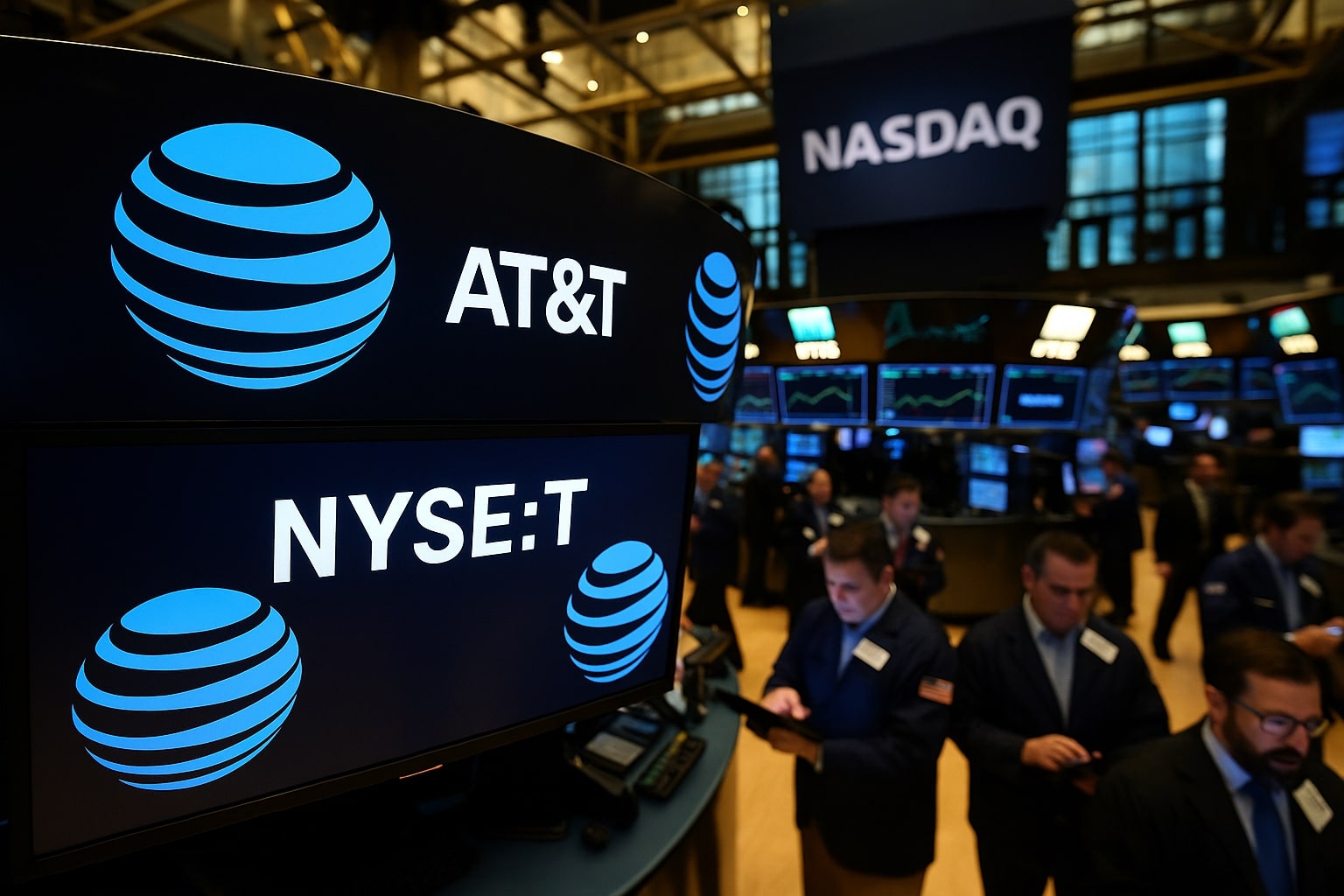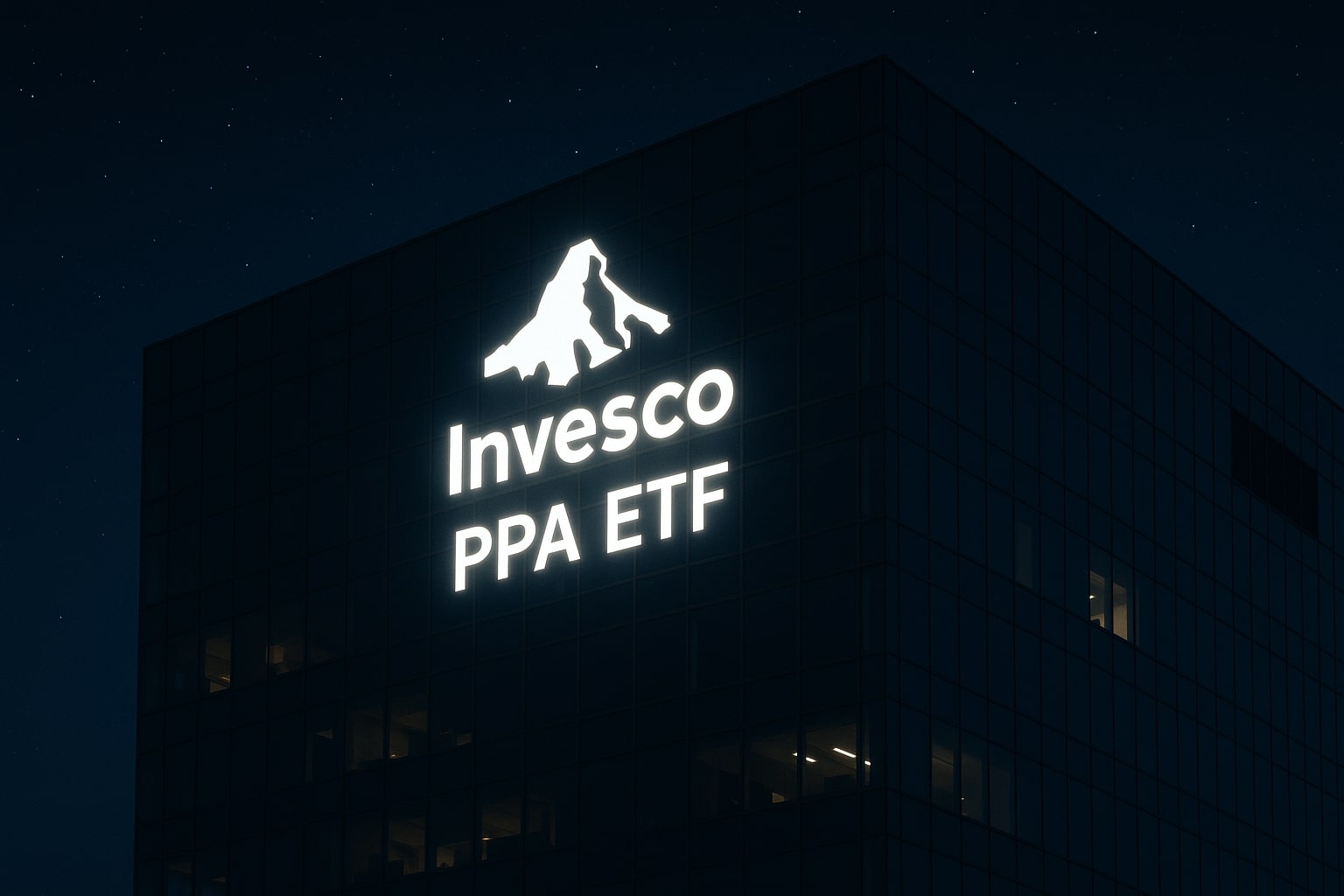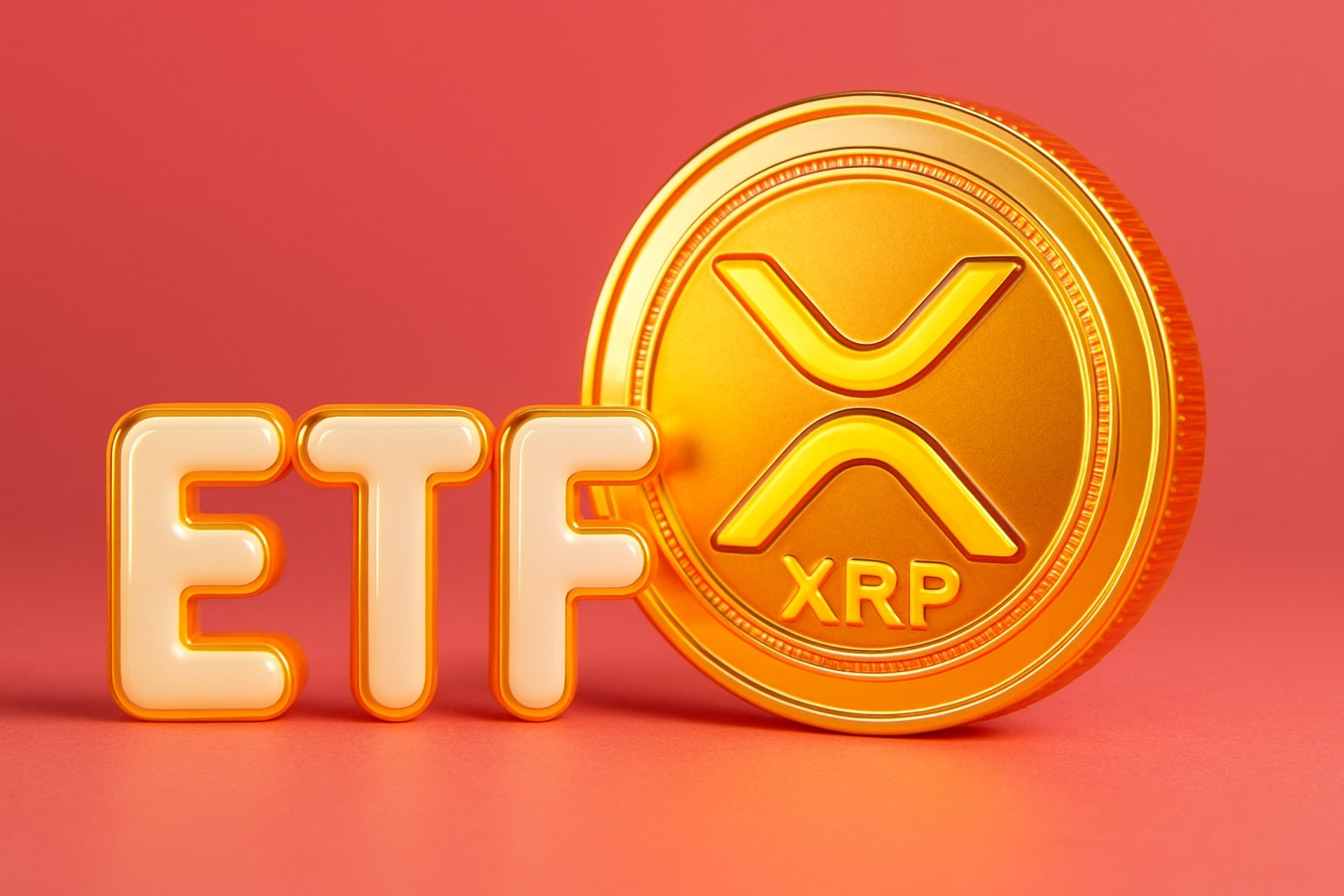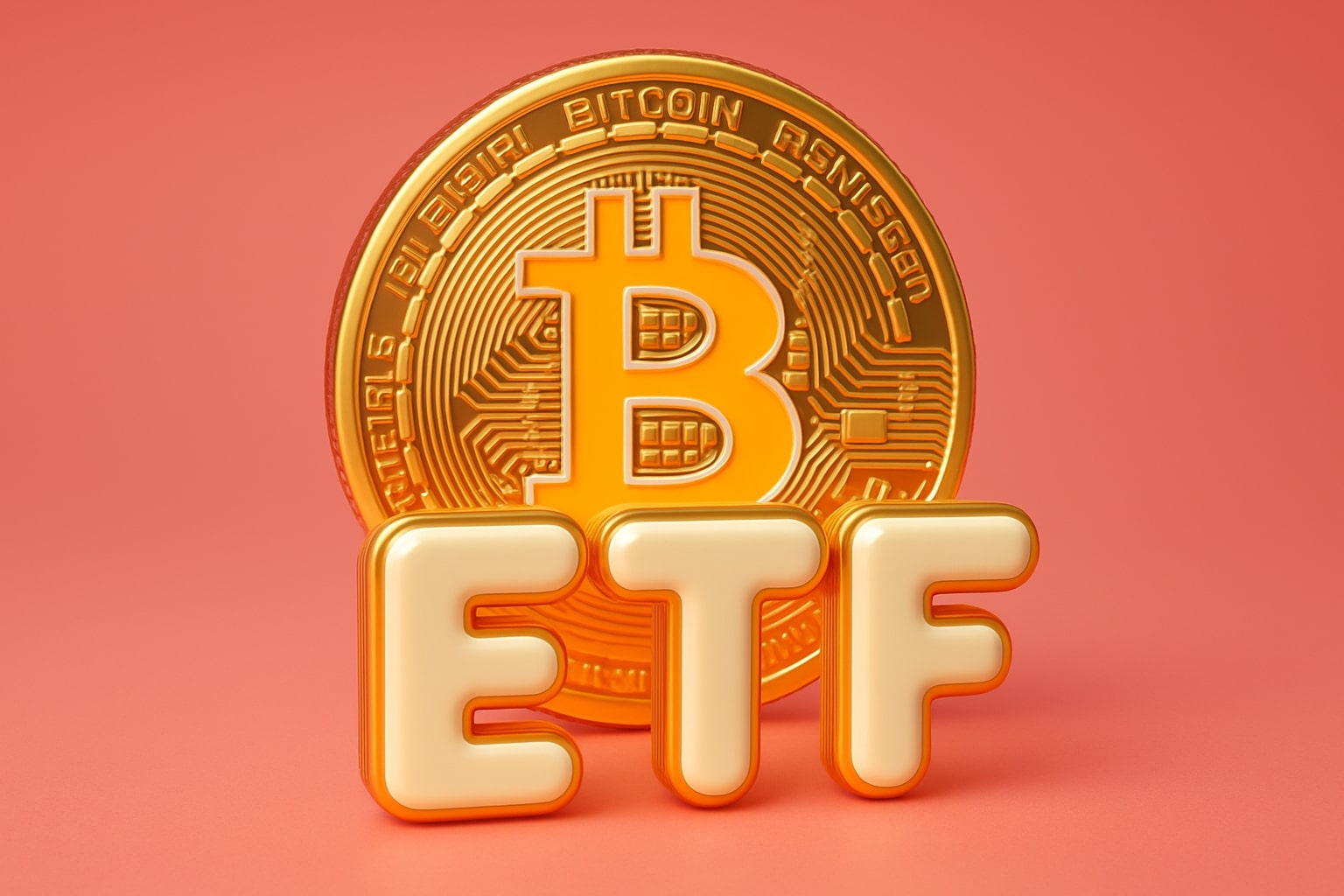
AT&T Stock Price Forecast: (NYSE:T) Spectrum Expansion and Fiber Growth Drive Buy Rating
AT&T delivers $12.66B net income, $40.9B operating cash flow, 3.8% dividend yield, and $20B buyback plan while managing $152B debt load | That's TradingNEWS
AT&T (NYSE:T) Price and Valuation Overview
AT&T Inc. (NYSE:T) real-time chart closed August 29 at $29.29, advancing 1.21% on the day, after opening at $29.02 and trading between $28.99 and $29.33. Over the past 52 weeks, the stock has moved between $19.92 and $29.65, reflecting a 43.37% annual gain compared with the S&P 500’s 16.84%. With a market capitalization of $209.4 billion, AT&T is trading at 16.74x trailing earnings and about 14.1x forward earnings, which places it at a discount to the broader communications sector while still carrying a P/B ratio of 1.99 and EV/EBITDA multiple of 7.55.
Earnings Performance and Growth Trends
AT&T delivered revenue of $123.98 billion on a trailing twelve-month basis, up 3.5% year-over-year. Quarterly net income surged 25.1% from a year earlier, totaling $12.66 billion with EPS of $1.75. Gross profit reached $73.98 billion, supporting an operating margin of 22.7% and net margin of 10.3%. The company has consistently surprised to the upside: Q2 EPS was $0.54 against a $0.53 estimate, while Q1 matched forecasts at $0.51. Analyst consensus now projects 2025 EPS at $2.05, sliding from last year’s $2.26, with growth of 7.9% projected into 2026 as restructuring costs fade and new revenue streams scale.
AT&T’s Strategic Spectrum Acquisition
In late August, AT&T finalized a $23 billion spectrum purchase from EchoStar (NASDAQ:SATS), adding approximately 50 MHz of mid- and low-band frequencies. This significantly enhances its 5G portfolio, aligning spectrum assets more closely with T-Mobile and Verizon, and positioning AT&T to expand into satellite connectivity. While this deal adds to net debt—already $152 billion—management views the acquisition as essential to defending market share and ensuring leadership in 5G and future connectivity. The move is expected to raise annual interest expense by about $1 billion, but the company generates sufficient cash flow to absorb it.
Fiber Growth and Cross-Selling Strength
The fiber division continues to be a key driver, with revenue up 18.9% year-over-year, adding 243,000 net subscribers in the last quarter alone. EBITDA from the segment reached $1.3 billion quarterly, and AT&T targets adding 1 million new fiber locations annually starting in 2026. The segment not only provides recurring subscription revenue but also strengthens wireless cross-selling, as a growing percentage of fiber customers also adopt AT&T mobile services. This dual offering enhances customer stickiness and increases ARPU, a critical factor in telecom profitability.
Cash Flow, Dividends, and Shareholder Returns
AT&T generated $40.9 billion in operating cash flow over the past year, translating to more than $16 billion in free cash flow guidance for 2025, equal to an 8% FCF yield on current market value. The company is committed to shareholder distributions, with a forward dividend of $1.11 per share, yielding 3.8% annually, and payout ratio at 63%. In addition, AT&T has authorized $20 billion in buybacks between 2025–2027, representing an additional ~3% yield at today’s market cap. Together, dividends and repurchases imply near 7% direct shareholder returns, a compelling proposition for income-focused investors.
Balance Sheet Pressure and Risk Factors
Despite improving fundamentals, AT&T’s leverage remains a concern. With debt-to-equity at 123% and total liabilities of nearly $152 billion, execution risk is high in a “higher-for-longer” interest rate environment. The EchoStar acquisition also delays deleveraging progress, though AT&T has reduced debt by $6.5 billion year-over-year. Capex remains heavy, historically absorbing nearly half of annual cash flow, which constrains financial flexibility. Any uptick in churn—Q2 saw 0.87% vs. Street expectations of 0.83%—could pressure growth momentum. Still, credit metrics remain manageable, with interest coverage supported by EBITDA exceeding $46 billion annually.
Valuation Relative to Peers
At $29.29, AT&T trades on a forward P/E of 14.1x, below historical averages and cheaper than Verizon at 15.3x but above Lumen and other high-risk peers. Its 0.62 beta signals lower volatility, while dividend yield remains competitive versus telecom benchmarks. Analysts’ 12-month price targets range between $21.87 and $34, with a consensus of $30.58, indicating modest upside from current levels.
Insider and Institutional Activity
Institutional ownership remains strong at 66.6% of float, reflecting confidence from long-term investors. Short interest sits at 86.6 million shares, or 1.2% of float, suggesting limited bearish bets. Insider ownership is negligible at 0.08%, though transactions can be monitored via AT&T’s insider trading profile. Recent management commentary emphasizes dividend stability and debt reduction, consistent with maintaining institutional trust.
Investment Outlook for NYSE:T
AT&T’s mix of spectrum expansion, fiber growth, and strong cash flow makes it a stable cash-generating telecom, but high debt and capital intensity remain the key overhang. At $29.29 per share, the stock is nearing its 52-week high, but with consistent dividend payouts, an 8% free cash flow yield, and nearly 7% total shareholder return potential, AT&T (NYSE:T) remains attractive for income investors. The risk-reward balance tilts toward a Buy, provided that management executes on fiber buildout and integrates the $23B spectrum acquisition without significantly stressing the balance sheet.
That's TradingNEWS
Read More
-
PPA ETF at $154: Can This Defense ETF Keep Beating ITA and SPY?
14.12.2025 · TradingNEWS ArchiveStocks
-
XRP ETFs XRPI and XRPR Pull In $975M While XRP-USD Fights To Hold $2
14.12.2025 · TradingNEWS ArchiveCrypto
-
Natural Gas Price Forecast: NG=F Hits $4.11 As Warm Winter Outlook Puts $3.913 Support At Risk
14.12.2025 · TradingNEWS ArchiveCommodities
-
USD/JPY Price Forecast - Dollar to Yen Can BoJ’s 0.75% Shock Break The 155–158 Range?
14.12.2025 · TradingNEWS ArchiveForex


















